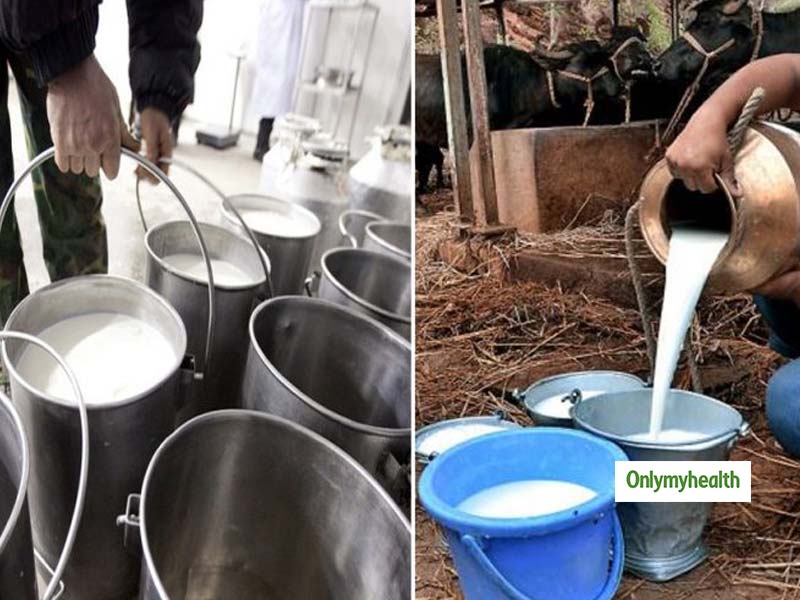
Reports of substandard and adulterated food are frequently seen on the front pages of newspapers. Samples of items we consume daily—milk, pulses, oils, vegetables, sugar, among many others—have been rated substandard.
Table of Content:-
A recent study on milk samples in Delhi found wide adulteration. Starch, chlorine, hydrated lime, sodium carbonate, formalin, and ammonium sulphate are the most common adulterants being used. Milk producers use these to scrim on milk portions and prepare synthetic milk by mixing urea, caustic soda, refined oil, and common detergents.
Buy Everyday Nestle Dairy Whitener, 200g Pouch
Milk is considered to be the ' complete food’ because of its abundant nutrients required by both infants and adults. It is one of the ideal liquid after water and the best source for protein, fat, carbohydrate, vitamin, and minerals. However, horribly milk is being very easily adulterated ACROSS the world. The demand and supply gap is the most important push factor for its contamination. Other being perishable nature of milk, low purchasing capability of the customer and lack of suitable detection tests. Food fraud is economically motivated but its impact is a real public health concern.
Food Safety and Standards Authority of India (FSSAI), under the Ministry of Health and Family Welfare, has discharged tests to detect adulterants in milk and other food products in a book which is a compilation of tests for Detecting Adulterants with Rapid Testing (DART) using household ingredients. Some of them are:

READ: Premature Birth Effects On Development: Could Change Infant's Brain Health, Sleep Activity
Test 1: Water in milk
- On a polished and slanting surface, put a drop of milk
- Pure milk will remain at the surface or flow slowly leaving a white trail behind
- Milk adulterated will flow at once without leaving a mark.

Test 2: Detergent detection in milk
- Take 5-10 milliliters (ML) of water and equal quantity of milk
- Shake the mixture well
- If the milk is contaminated with detergent, it forms a dense lather
- A thin layer of foam will be seen if milk is PURE.
READ: Social Media Improves Mental Health: Facebook, Snapchat May Kill Depression In Adults
Test 3: Starch detection in milk and milk products
- In 5 ML of water, boil 2-3 ML of the sample (milk, khoya, chenna or paneer) with 5 ML of water
- More water need not be added for other ghee and butter
- After cooling, add 2-3 drops of tincture of iodine
- There will be a formation of a blue color which indicates the presence of starch.
Adulterated milk is a source of several chronic diseases and people can suffer from cancer, diarrhea and stomach-related complications like gastrointestinal diseases and poor digestive system and even diabetes because of the starch. People developed abdominal pain and induced vomiting by using adulterated milk. It can also lead to kidney failures in later stages.
Adulteration a " slow poison" is affecting a large portion of our planet. Lawmakers should pay their attention to this urgent issue. A task force should be created to check the quality of milk every 4 to 6 months so that the system could be in check. There should be specific rules, regulations, and laws for this "crime with humanity". Heavy punishment on adultering food should be imposed as only fear can limit this crime.
Read more articles on Health News
How we keep this article up to date:
We work with experts and keep a close eye on the latest in health and wellness. Whenever there is a new research or helpful information, we update our articles with accurate and useful advice.
Current Version